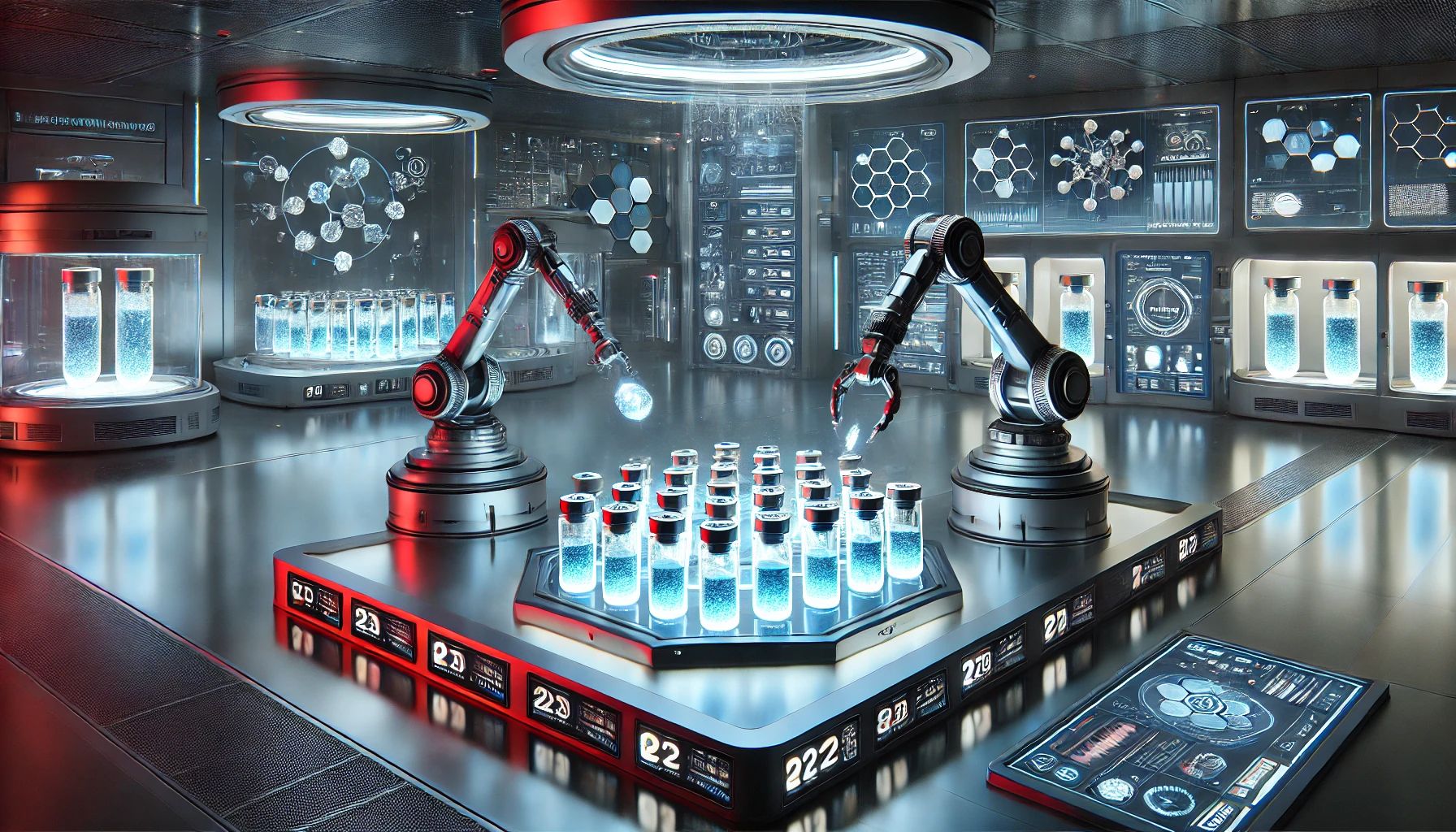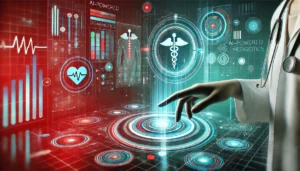Scientists have developed a new machine learning system that could help preserve vaccines, blood, and other medical treatments.
The research, published in Nature Communications, was led by the University of Warwick and the University of Manchester.
The AI system helps identify molecules called cryoprotectants – compounds that prevent damage when freezing biological materials.
Cryoprotectants are special substances that help protect living cells and tissues from damage when they’re frozen.
They work by preventing the formation of harmful ice crystals, which essentially break tissue apart when you freeze it, and also help cells maintain their structure in extreme cold.
These compounds are fundamentally important for preserving things like vaccines, blood samples, and reproductive cells for long-term storage or transport.
Cryopresevants could one day be used to preserve organs, complex tissues, or even entire humans.
Currently, finding new cryoprotectants is a slow, trial-and-error process. This new ML-driven approach allows researchers to rapidly screen hundreds of potential molecules virtually.
Here are some key points of the study:
- The team created a machine learning model trained on data from existing cryoprotectants.
- This model can predict how well new molecules might work as cryoprotectants.
- Researchers used the model to screen a library of about 500 amino acids.
- The system identified several promising compounds, including an aminooxazole ester that outperformed many known cryoprotectants.
- Lab tests confirmed the AI’s predictions, with the new compound showing strong ice crystal prevention.
- The discovered molecule improved red blood cell preservation when combined with standard techniques.
The amino oxazole ester identified by the study demonstrated particularly remarkable ice recrystallization inhibition (IRI) qualities. It almost completely stopped ice crystals from growing larger during the freezing process.
The compound was effective even when researchers lowered its concentration. Plus, it also maintained its ice-inhibiting properties in phosphate-buffered saline (PBS), a solution that mimics the salt concentration in human bodies.
Dr. Matt Warren, the PhD student who spearheaded the project, described how the model accelerates efficiency: “After years of labour-intensive data collection in the lab, it’s incredibly exciting to now have a machine learning model that enables a data-driven approach to predicting cryoprotective activity.”
Professor Matthew Gibson from Manchester addeds, “The results of the computer model were astonishing, identifying active molecules I never would have chosen, even with my years of expertise.”
Professor Gabriele Sosso, who led the Warwick team, explained in a blog post that, while impressive, machine learning isn’t a cure-all for these types of research problems: “It’s important to understand that machine learning isn’t a magic solution for every scientific problem. In this work, we used it as one tool among many.”
The researchers combined the AI predictions with molecular simulations and lab experiments – a multi-pronged approach that helped validate results and refine the model.
This contributes to a range of AI-driven studies into drug discovery and material design. Researchers have built AI models to generate interesting medicinal compounds, one of which has been brought to clinical trial.
DeepMind also created a model named GNoME capable of automatically generating and synthesizing materials.
The new cryoprotectant compounds discovered could have broad real-world impacts.
For instance, the researchers describe how improving cryopreservation might extend the shelf life of vaccines and make it easier to transport sensitive medical treatments to remote areas.
The technique could also speed up blood transfusions by reducing the time needed to process frozen blood.
While the results are promising, the team cautions that more work is needed to fully understand how these new compounds function and to ensure medical safety and stability.





